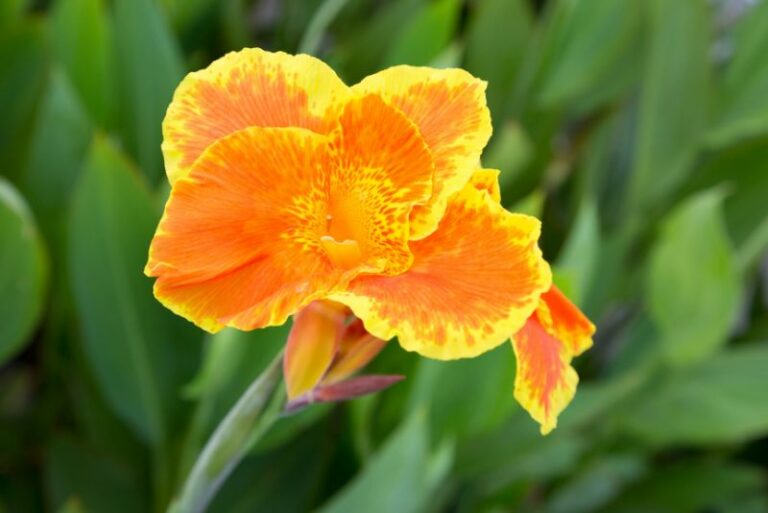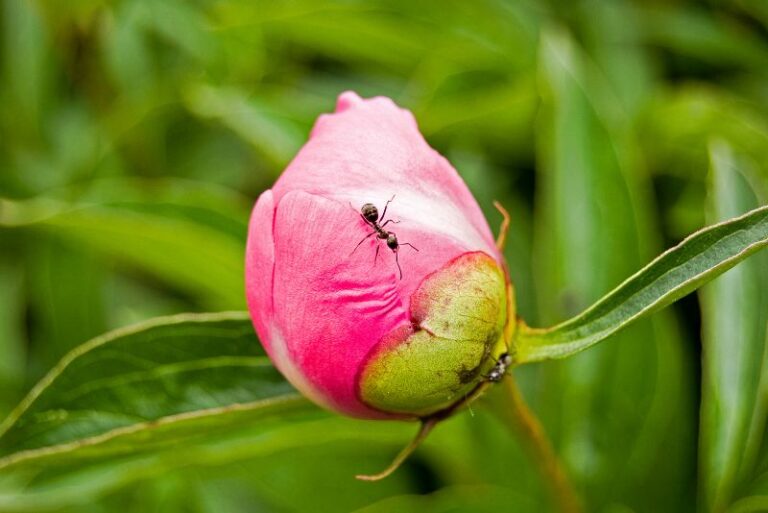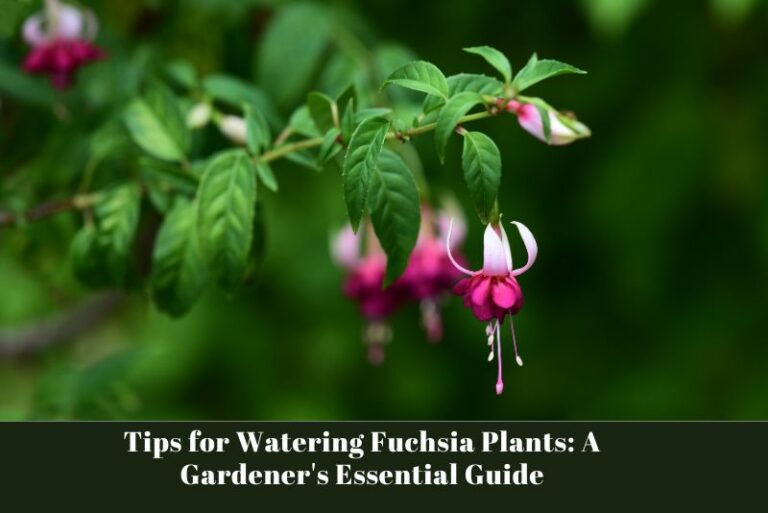Guide to Planting, Growing, and Caring for Autumn Joy Sedum
Autumn Joy Sedum, with its resilient allure, has become a darling in the gardens of both novices and seasoned horticulturists. The plant, a member of the Stonecrop family, is known for its low-maintenance nature, drought resistance, and the sheer joy it brings when its pink blooms herald the fall. This post is akin to being handed the keys to unlock the full potential of this garden gem. We will walk through planting, growing, and caring for Autumn Joy Sedum to ensure a thriving garden or landscape feature.
Before we get our hands in the soil, it’s essential to understand the foundation of what we are planting. Autumn Joy Sedum, scientifically referred to as Sedum Spectabile, is native to China and Korea. It’s a succulent that features lance-shaped, fleshy leaves and blooms in late summer and fall with masses of tiny star-shaped flowers in pink that mature to a rusty-red hue, thus emblematic of the autumnal season.
Planting Autumn Joy Sedum

Best Planting Time and Location
Timing is crucial in the life of a sedum. The ideal time to plant or transplant is in early spring or early fall. This allows the plant to establish itself before the harsh conditions of summer or winter set in. Select a location that receives at least six hours of direct sunlight each day, to encourage optimal growth and flowering.
Soil Requirements and Sunlight Needs
Autumn Joy Sedum appreciates well-draining soil and is highly adaptable- it thrives in poor and fertile soils alike. It prefers a slightly acidic to slightly alkaline pH (6.0 to 7.5) and can tolerate temperatures down to USDA zone 3. The plant does well in the open under sunny skies where airflow is sufficient, a necessity to prevent any fungal diseases.
Step-by-Step Planting Guide
Location Preparation
- Choose a planting site with well-draining soil.
- Clear the area of weeds and grass.
- Loosen the soil to a depth of at least 12 inches to allow the roots to grow easily.
Planting Autumn Joy Sedum
- Dig a hole twice the diameter of the plant’s pot and as deep.
- Place the plant in the hole, so the top of the root ball is level with the soil surface.
- Backfill with soil and tamp down gently to eliminate air pockets.
- Water thoroughly to settle the soil.
- Mulch the plant to help conserve moisture and suppress weeds.
Ensure newly planted sedum is adequately watered for the first growing season to establish a robust root system.
Growing Tips for Gardening Success
Watering Frequency and Amount
Sedum is drought-tolerant, and overwatering can lead to root rot. For newly planted sedum, water deeply once a week. For established plants, water when the soil is dry to the touch about an inch down. During the hotter months or extended dry spells, provide supplementary water.
Fertilization Needs
Sedum is not a heavy feeder, but a light application of a balanced fertilizer in the spring can boost growth and flowering. We recommend a slow-release granular fertilizer, organic options are excellent for this purpose. Soil with good organic content should supply sufficient nutrients.
Pruning and Maintenance
Two key points on the gardening calendar suggest getting out the clippers. In early spring, when new growth emerges, cut back the dead stems to allow for new growth. After the plant blooms and the flowers start to fade, remove the faded flower heads to encourage more blooms and tidiness.
For particularly robust sedum, divide the clumps every 3 to 4 years, in the spring. This process can rejuvenate the plant, prevent overcrowding, and provide you with new plants to expand your garden or share with friends.
Caring for Autumn Joy Sedum
Common Pests and Diseases
The good news is that sedum plants are relatively pest and disease-free when grown in the appropriate conditions. However, watch out for slugs and snails, as they may attack the plants, particularly in wet conditions. To manage these, consider natural methods or use slug and snail baits.
Winter Care Tips
During the colder months, sedum can withstand mild frost and snow, especially when the soil remains dry. However, if you expect extreme temperatures and wet conditions, it’s advisable to protect the plant with a layer of mulch.
Propagation Methods
Autumn Joy Sedum can be propagated through several methods:
- Division: In spring, divide the clumps into sections, each with a few healthy roots and shoots, and replant them in a new spot.
- Stem Cutting: Cut a 4-6 inch piece of a non-flowering shoot, remove the lower leaves, and place in a pot of sandy soil. Keep the soil moist, and roots should develop in a few weeks.
- Seeds: Allow the flower heads to dry on the plant, then collect the seeds. Sow the seeds in a pot with well-draining soil and cover lightly. Keep them watered and place in bright, indirect sunlight. The seeds should germinate in 1-2 weeks. Autumn Joy Sedum can multiply through multiple propagation methods, offering you the chance to spread the joy and beauty of this plant throughout your garden.
Conclusion
The Autumn Joy Sedum is a stunning, low-maintenance perennial that’s both versatile and beautiful. By following this comprehensive guide, you’re well on your way to sustaining and multiplying the Sedum in your garden. This post serves as a testament to the inclusive appeal of planting, growing, and caring for one of the most delightful blooms nature has to offer. Remember, the charm of the Autum Joy Sedum is not limited to its aesthetic appeal; it signifies the ease and happiness that can come with a well-kept garden, with this likable plant taking center stage. Whether you’re a newcomer to gardening or a seasoned expert, the Sedum offers something to be cherished and seasons to be enjoyed all year round.






